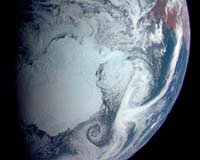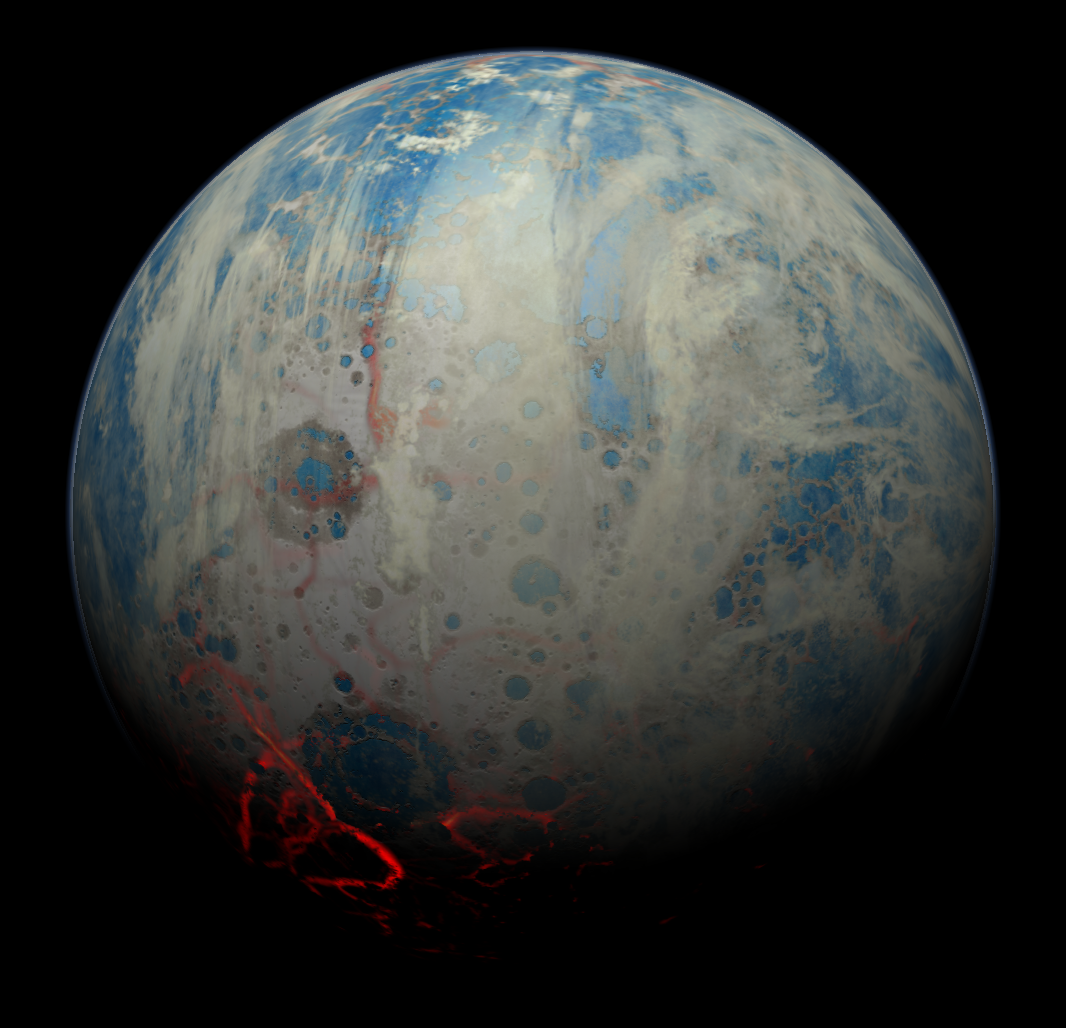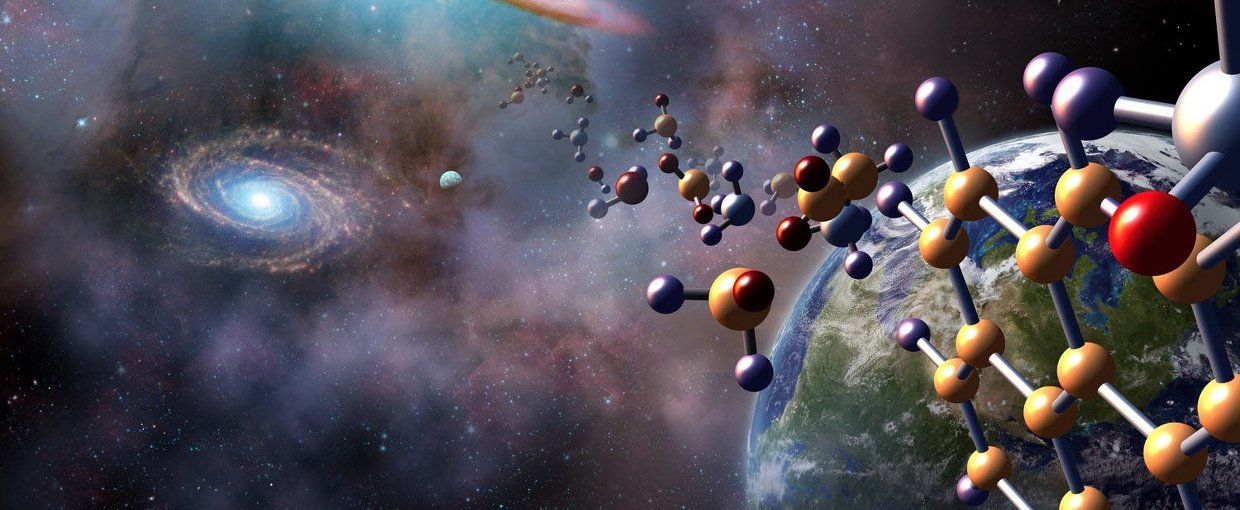
Geological and geophysical evidence for a dramatically severe planetary glacial response during Earth’s Precambrian Eon (the “Snowball Earth”) continues to grow. Recent geochemical measurements and modeling suggest that each late Precambrian glaciation might have boosted levels of atmospheric oxygen, ultimately changing patterns of carbon cycling in the ocean and permitting bodyplan complexity in early animals. The Snowball deglacial timescale appears long with respect to Plio-Pleistocene deglacial records and ice dynamic expectations.
Alternatively, a nonuniformitarian configuration of Earth’s geomagnetic field could permit rapid deglaciation but introduce new ambiguities for climate forcing feedbacks. This talk enumerates multiple working hypotheses sustained by astrobiologists attacking this aspect of the fundamentally unusual, Precambrian Earth system.
 A Talk With Jim Green
A Talk With Jim Green What Can Extant Genomes Reveal About Early DNA Metabolism?
What Can Extant Genomes Reveal About Early DNA Metabolism? What We Talk About When We Talk About Earth's Oxygenation
What We Talk About When We Talk About Earth's Oxygenation Bowling With Astrobiologists: A Twisted Path Toward the Origin of DNA
Bowling With Astrobiologists: A Twisted Path Toward the Origin of DNA